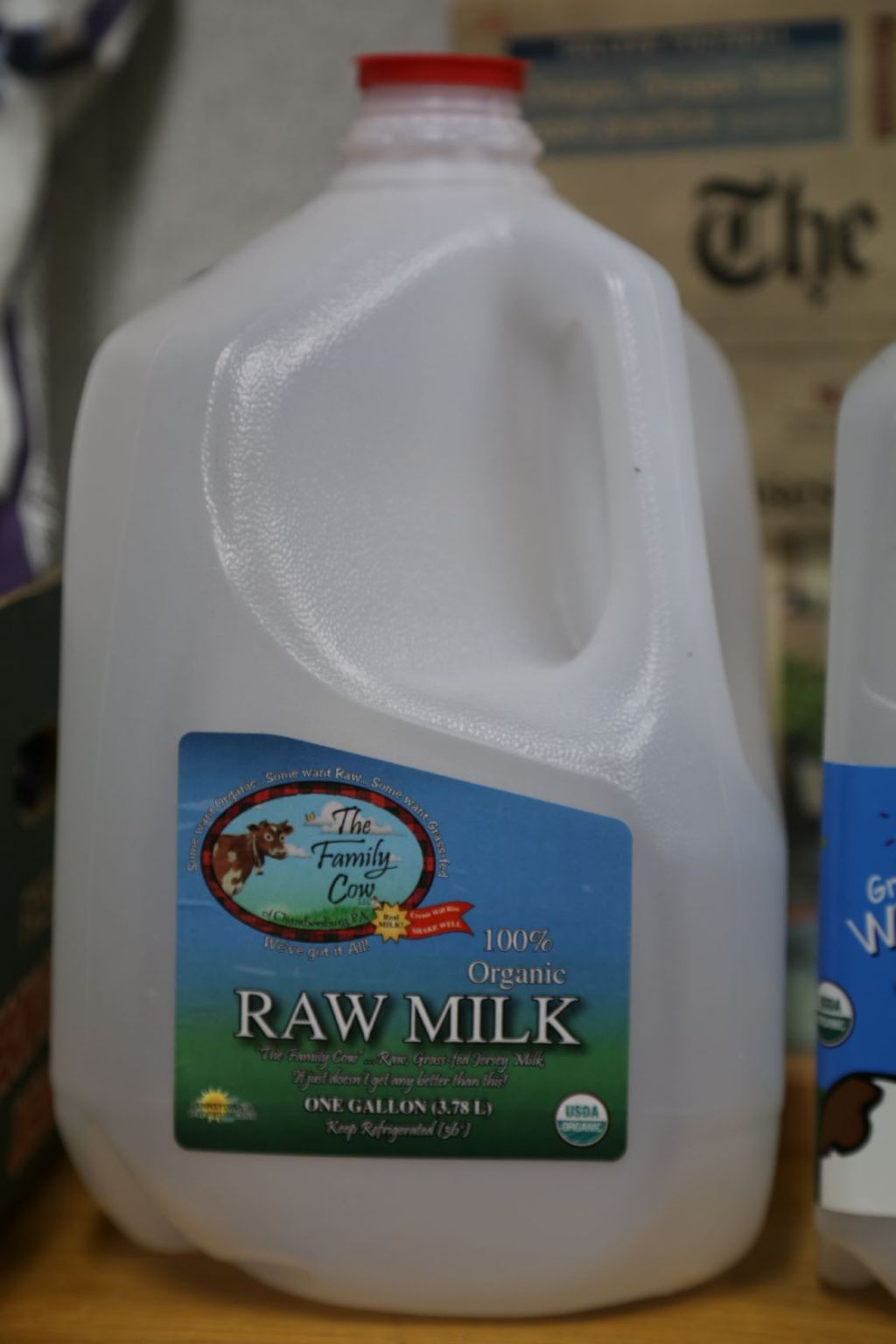Community-supported agriculture (CSA) models have gained popularity in recent years as a way for consumers to connect with local farmers and access fresh, seasonal produce. While most CSAs focus on fruits, vegetables, and other farm products, there is a growing interest in CSA models for raw dairy products. This panel discussion will explore the benefits of such models, the challenges faced by farmers and consumers alike, and how CSA programs can contribute to sustainable farming practices.
Panelists:
1. Farmer A – An experienced farmer who currently operates a successful CSA program for raw dairy products.
2. Consumer B – A supporter of CSA programs who actively participates in Farmer A’s raw dairy CSA.
3. Food Advocate C – An expert on sustainable agriculture and local food systems.
Moderator: Thank you all for joining today’s panel discussion on community-supported agriculture models for raw dairy products. Let’s start by discussing the benefits of participating in a raw dairy CSA program. Farmer A, would you like to share your thoughts?
Farmer A: Certainly! One major benefit is that it allows consumers to have direct access to fresh milk and other raw dairy products straight from our farm without any middlemen involved. By becoming members of our CSA program, they also support local agriculture directly while receiving high-quality, nutrient-dense foods.
Consumer B: I couldn’t agree more with Farmer A. Being part of a raw dairy CSA gives me peace of mind knowing exactly where my milk comes from and how it’s produced. The transparency fosters trust between farmers and consumers.
Moderator: That leads us to an important point about consumer education regarding the safety concerns associated with consuming raw milk or unpasteurized dairy products. Food Advocate C, could you shed some light on this issue?
Food Advocate C: Absolutely! It’s crucial that participants understand the risks associated with consuming raw milk due to potential bacterial contamination if not handled properly. However, it’s worth noting that pasteurization kills both harmful and beneficial bacteria in milk, altering its nutritional profile. CSA programs can play a role in educating consumers about safe handling practices and the benefits of raw milk while encouraging responsible consumption.
Moderator: Farmer A, how do you address safety concerns within your CSA program?
Farmer A: Safety is our top priority. We ensure strict adherence to cleanliness and hygiene protocols during milking, processing, and packaging. Regular testing of our products for pathogens provides an added layer of assurance. Additionally, we educate our members on proper storage and handling techniques to minimize any potential risks.
Consumer B: I appreciate the efforts put into maintaining safety standards by Farmer A’s farm. It gives me confidence in my choice to consume raw dairy products from their CSA.
Moderator: Let’s move on to discuss the challenges faced by farmers when operating a raw dairy CSA program. Farmer A, what obstacles have you encountered?
Farmer A: One significant challenge is meeting the demand for raw dairy products throughout the year while ensuring sustainable farming practices. Seasonal fluctuations affect milk production, so it requires careful planning to maintain supply without compromising animal welfare or overburdening resources like pastureland.
Food Advocate C: I believe diversification could be a solution here – integrating other farm products or collaborating with neighboring farms that offer complementary goods may help stabilize production while providing additional revenue streams for farmers.
Moderator: Excellent suggestion! Now let’s consider how CSA models contribute to sustainable farming practices. Food Advocate C, what are your thoughts on this matter?
Food Advocate C: CSA programs encourage small-scale farming operations that prioritize environmentally friendly methods such as rotational grazing for cows, reducing chemical inputs like fertilizers and pesticides, and preserving biodiversity on farms. By supporting these initiatives through membership fees or subscriptions, consumers actively participate in promoting ecologically sound agricultural practices within their communities.
Consumer B: Participating in a raw dairy CSA has made me more aware of the importance of sustainable farming. It’s not just about the food; it’s about supporting a system that respects nature and promotes long-term sustainability.
Moderator: Thank you all for sharing your insights and experiences on community-supported agriculture models for raw dairy products. It is evident that CSA programs can provide numerous benefits to both farmers and consumers while fostering a deeper connection with local agriculture.


Leave a comment